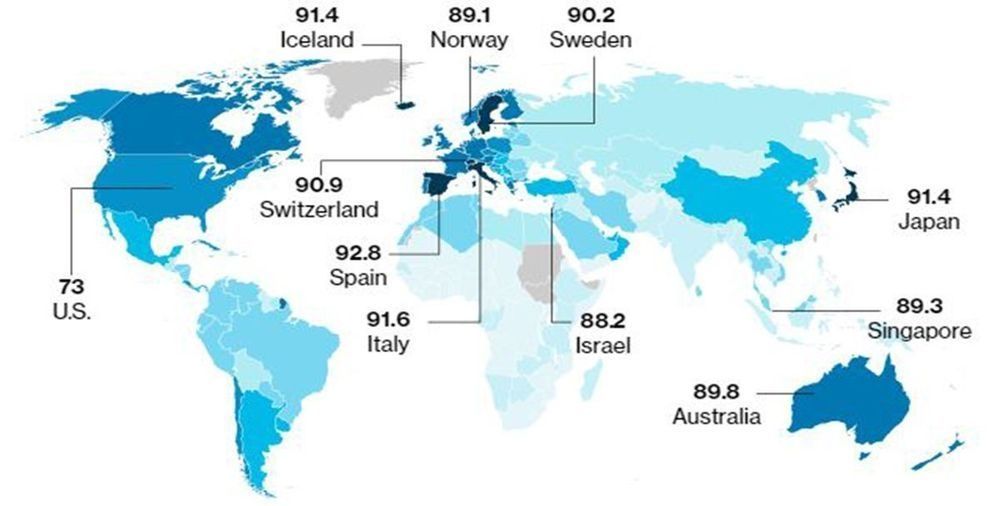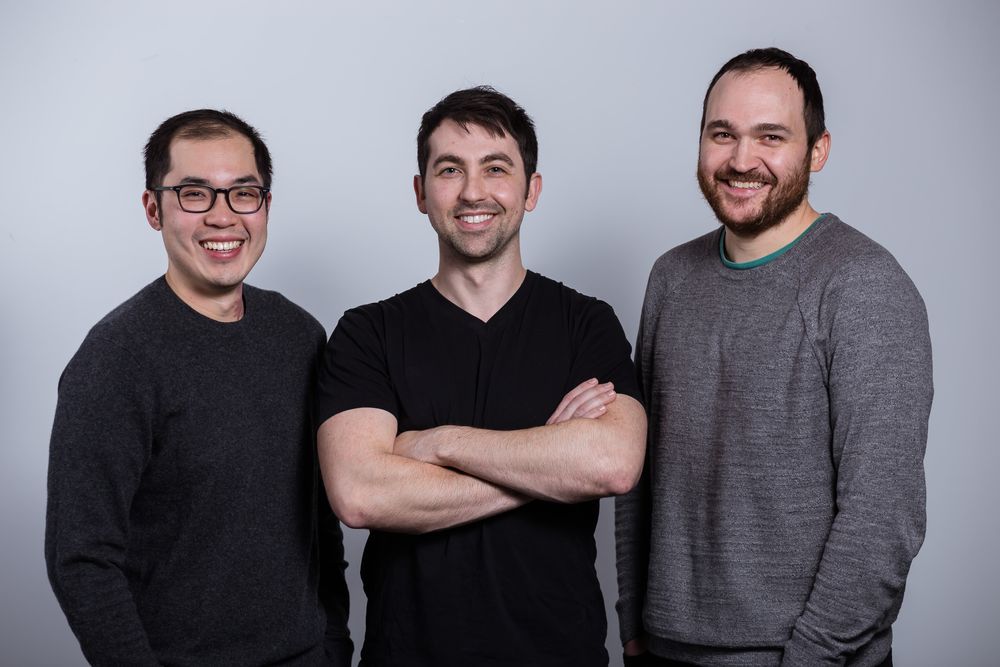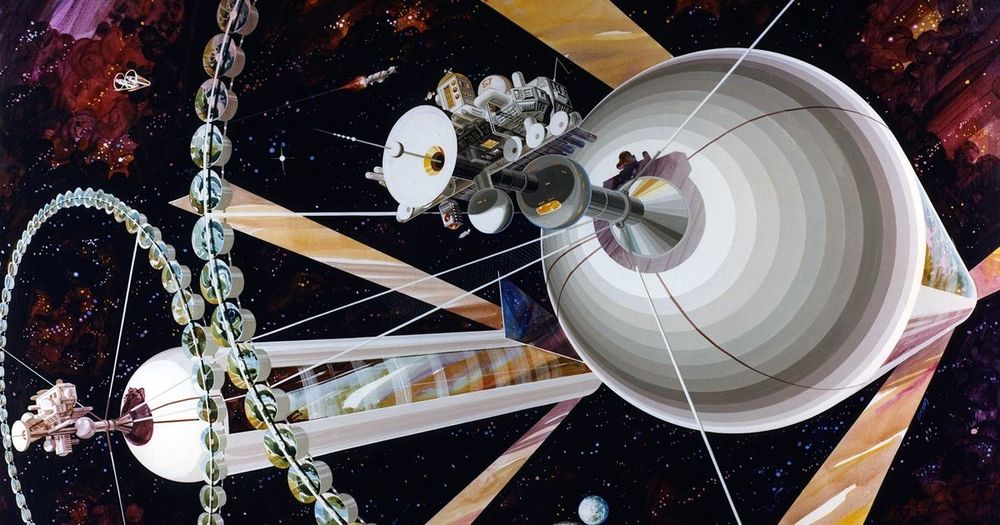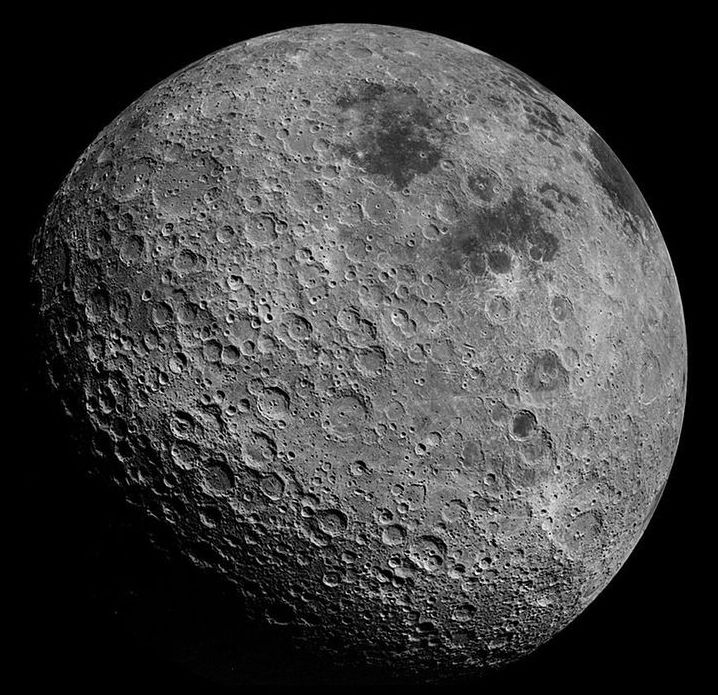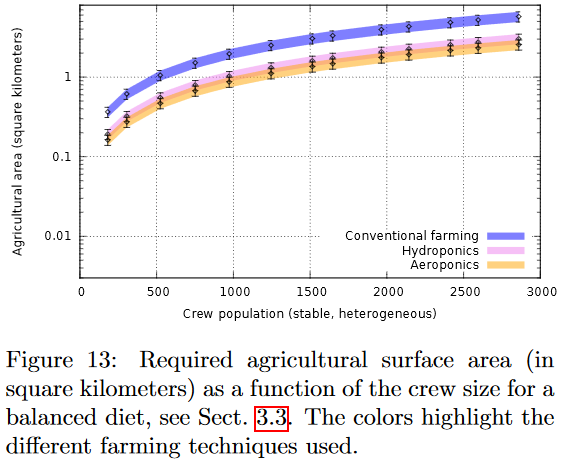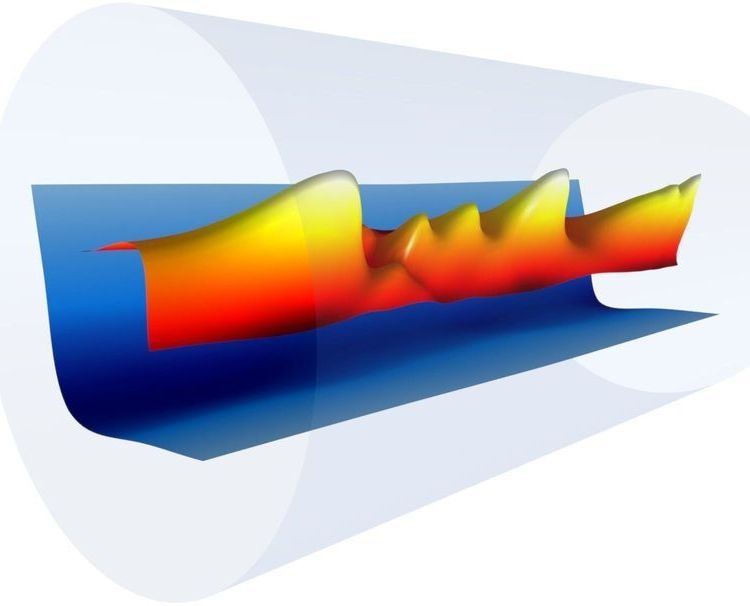Page 9009
Feb 26, 2019
Alphabet invests in a start-up using beams of light on chips for super-fast A.I.
Posted by Klaus Baldauf in category: robotics/AI
A start-up called Lightmatter is working on a chip for artificial intelligence that will draw on optical technology that has previously been used to quickly send information around data centers.
Feb 26, 2019
Scientists Create Alien DNA That can Store and Transmit Information
Posted by Chris Parbey Jnr in category: alien life
A team of NASA researchers has created a new form of alien DNA which could be vital in the search and discovery of extraterrestrial life in our solar system and beyond.

Feb 25, 2019
Jeff Bezos: In the Future, We’ll Live In “Giant Space Colonies”
Posted by Michael Lance in categories: futurism, space
Very few people are going to want to leave this planet permanently — it’s just too amazing.
“Ultimately what will happen, is this planet will be zoned residential and light industry,” he said. “This is the gem of the Solar System. Why would we do heavy industry here? It’s nonsense.”
Bezos also referenced the work of physicist Gerard O’Neill, who came up with the idea of a cylinder-shaped space settlement design known as an “O’Neill cylinder,” in which two counter-rotating cylinders would provide gravity for human settlers while mitigating gyroscopic effects.
Continue reading “Jeff Bezos: In the Future, We’ll Live In ‘Giant Space Colonies’” »
Feb 25, 2019
This Pinoy-made app was designed for fishermen with no smartphones
Posted by Michael Lance in category: mobile phones
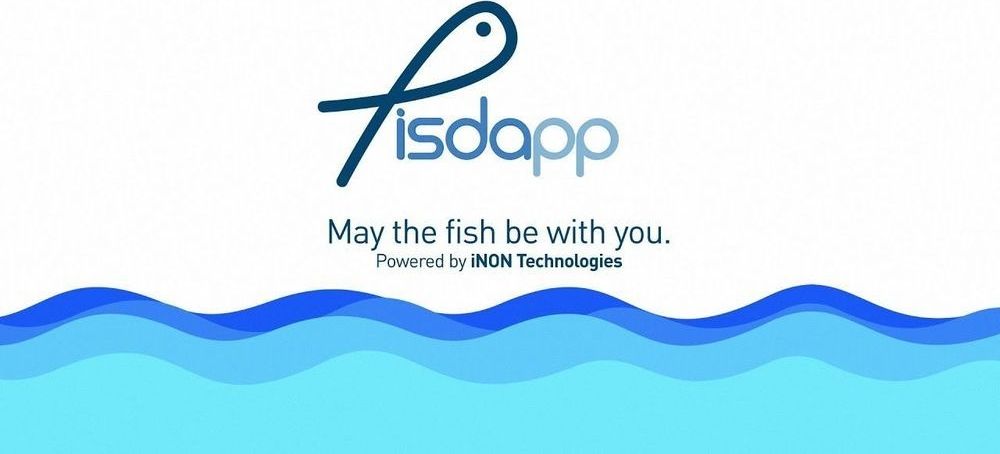
A smartphone app that helps people without smartphones? Read on to learn how it works: #SpaceApps #SpaceAppsPH
ISDApp is a Pinoy-designed app made especially for fishermen without smartphones. Learn how this app works—and why it won an award from NASA.
Feb 25, 2019
NASA Selects Experiments for Possible Lunar Flights in 2019
Posted by Michael Lance in category: space
NASA is coming again… to the Moon!
NASA has selected 12 science and technology demonstration payloads to fly to the Moon as early as the end of this year, dependent upon the availability of commercial landers. These selections represent an early step toward the agency’s long-term scientific study and human exploration of the Moon and, later, Mars.
“The Moon has unique scientific value and the potential to yield resources, such as water and oxygen,” said NASA Administrator Jim Bridenstine. “Its proximity to Earth makes it especially valuable as a proving ground for deeper space exploration.”
Continue reading “NASA Selects Experiments for Possible Lunar Flights in 2019” »
Feb 25, 2019
Dr. Marin’s Work on Generation Ships – Updated
Posted by Caycee Dee Neely in category: food
Dr. Marin and his group are creating some great simulations involving generation ships. I’ve been following the work for a while and you can learn more about the three major papers they’ve produced. The first paper uses a Monte-Carlo simulation to measure viability. The second paper uses the HERITAGE program developed for the first paper to calculate the minimum crew for a generation ship. The third paper uses the same program to calculate food production for three different methods of agriculture.
Dr. Frédéric Marin at the Astronomical Observatory of Strasbourg is doing some great research on the feasibility of Generation Ships. A generation ship is “a hypothetical type of interstellar ark starship that travels at sub-light speed.” He and his team have created a wide variety of research papers and projects, which includes developing their own Monte Carlo calculation program.
Feb 25, 2019
Laser ‘drill’ sets a new world record in laser-driven electron acceleration
Posted by Quinn Sena in category: particle physics
Combining a first laser pulse to heat up and “drill” through a plasma, and another to accelerate electrons to incredibly high energies in just tens of centimeters, scientists have nearly doubled the previous record for laser-driven particle acceleration.
The laser-plasma experiments, conducted at the Department of Energy’s Lawrence Berkeley National Laboratory (Berkeley Lab), are pushing toward more compact and affordable types of particle acceleration to power exotic, high-energy machines—like X-ray free-electron lasers and particle colliders—that could enable researchers to see more clearly at the scale of molecules, atoms, and even subatomic particles.
The new record of propelling electrons to 7.8 billion electron volts (7.8 GeV) at the Berkeley Lab Laser Accelerator (BELLA) Center surpasses a 4.25 GeV result at BELLA announced in 2014. The latest research is detailed in the Feb. 25 edition of the journal Physical Review Letters. The record result was achieved during the summer of 2018.
Continue reading “Laser ‘drill’ sets a new world record in laser-driven electron acceleration” »
Feb 25, 2019
New microfluidics device can detect cancer cells in blood
Posted by Quinn Sena in categories: bioengineering, biotech/medical, computing, neuroscience
Researchers at the University of Illinois at Chicago and Queensland University of Technology of Australia, have developed a device that can isolate individual cancer cells from patient blood samples. The microfluidic device works by separating the various cell types found in blood by their size. The device may one day enable rapid, cheap liquid biopsies to help detect cancer and develop targeted treatment plans. The findings are reported in the journal Microsystems & Nanoengineering.
“This new microfluidics chip lets us separate cancer cells from whole blood or minimally-diluted blood,” said Ian Papautsky, the Richard and Loan Hill Professor of Bioengineering in the UIC College of Engineering and corresponding author on the paper. “While devices for detecting cancer cells circulating in the blood are becoming available, most are relatively expensive and are out of reach of many research labs or hospitals. Our device is cheap, and doesn’t require much specimen preparation or dilution, making it fast and easy to use.”
The ability to successfully isolate cancer cells is a crucial step in enabling liquid biopsy where cancer could be detected through a simple blood draw. This would eliminate the discomfort and cost of tissue biopsies which use needles or surgical procedures as part of cancer diagnosis. Liquid biopsy could also be useful in tracking the efficacy of chemotherapy over the course of time, and for detecting cancer in organs difficult to access through traditional biopsy techniques, including the brain and lungs.
Continue reading “New microfluidics device can detect cancer cells in blood” »
